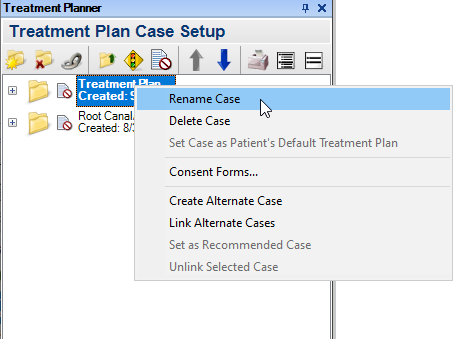How do you communicate the status of the treatment plan with your team? Does your team know if the patient has accepted treatment? Is the patient okay to do all the treatment this year or is he or she breaking it up over time?
Most often the clinical discussion happens in the consult room or the treatment room with the doctor or hygienist … and then the patient is brought up front to talk with the financial coordinator where the financial discussion can change everything.
If the doctor looks at the treatment plan later in the day, will he or she be able to clearly see what the patient accepted? When the patient is scheduled for the first visit, will the clinical team be able to clearly see the path for completing treatment?
There are some Dentrix tools you can use that can greatly improve the communication within your team. These tools can help your clinical team clearly understand the patient’s wishes when he or she is sitting in your operatory.
Here are three key features within the Treatment Planner that are easy to use for both the front- and back-office teams:
Assigning Treatment Visits to Cases
When a patient has an extensive treatment plan, you can organize the individual procedures within a case into visits. By ordering the procedures within the treatment plan, you can make it easier for the patient to understand the treatment and make it easier to schedule procedures in the order they need to be completed.
Renaming a Treatment Case
Simply changing the name of the case is a way you can clearly define what the case may include. You could rename the case “Fillings” or “Crown Prep.” Changing the name makes it easier to identify and really helps everyone on your team understand what the case is.

Updating the Case Status History
You can add a follow-up note on any of the treatment plan cases and these notes will display within the Case Status History tab. This can help your team know if the case has been reprinted, proposed, followed up on, or accepted.
Communication is so important for the entire teams so they can be in the know about patient care. For additional information, see these other blog posts:




